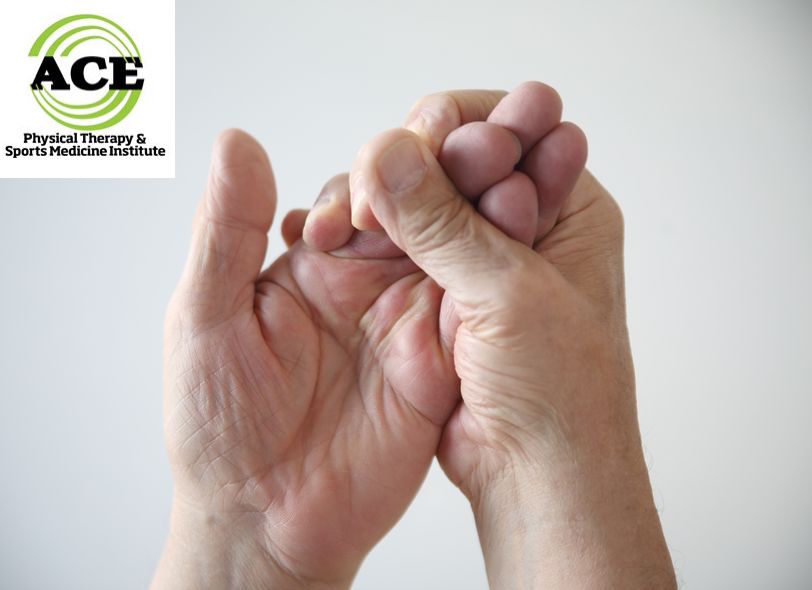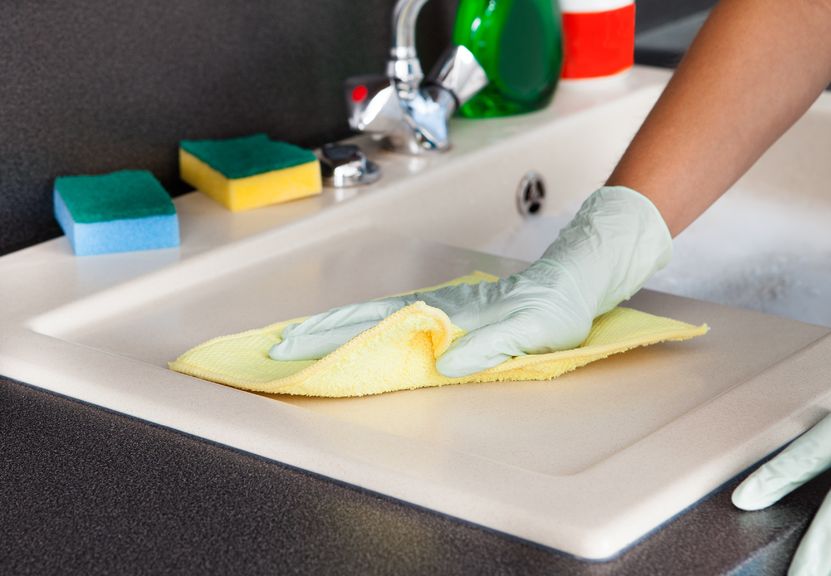RAYNAUD’S DISEASE/PHENOMENON

Tid Bits of Info
- Raynaud’s occurs secondary to spasm of blood vessels but there is usually no known cause.
- No blood tests are available for a definitive diagnosis of Raynaud’s.
- Women are more commonly effected by Raynaud’s.
- Raynaud’s disease is rarely considered a major health concern but more of a nuisance.
- Raynaud’s diagnosis is usually associated with a color change (white-blue-red) of the skin of the effected body part.
Raynaud’s disease or phenomenon causes the fingers or toes to grow cold, change color, lose sensation due to decreased blood flow. While anyone may experience Raynaud’s disease, women are more likely to experience it. Most of the time, this is more of a nuisance than a severe medical condition.
Causes of Raynaud’s Disease
While the specific causes of Raynaud’s Disease are unknown, it occurs because the small blood vessels of the fingers and/or toes go into spasm. The fingers or toes grow number, and the involved body part changes colors. A lack of blood flow due to lack of oxygen makes the finger change from white to blue, then finally red due to a “flushing” of that body part with richly oxygenated blood. When the blood flow returns to the body part, there might be swelling, tingling and mild pain. One theory states that the nerves that control the blood flow are somehow affected by a stimulus that causes the vessels to constrict. Cold temperatures and stress are some of the most common stimuli to trigger the Raynaud’s response.
Raynaud’s is referred to as Primary Raynaud’s disease if the symptoms occur by themselves and are not associated with another more serious medical condition. The symptoms are usually short lived and the cold body part regains normal blood flow in a relatively short period of time when warmer conditions are present.
If the lack of blood flow is caused by a more serious medical conditions, this is known as Secondary Raynaud’s Phenomenon. Some conditions that lead to this phenomenon are atherosclerosis, rheumatoid arthritis, frost bite, smoking and some immunosuppressive diseases.
Diagnosis and Treatment of Raynaud’s Disease
There are no specific blood tests that exist which can be used to make a positive diagnosis, so diagnosing Raynaud’s is not always clear-cut. The doctor performs a physical examination and asks an extensive history.
The primary treatment for Raynaud’s involves utilizing various strategies to reduce or prevent onset of symptoms. Physical therapists can utilize numerous modalities to generate heat and help to stimulate blood flow. By teaching the patients exercises to stimulate blood flow, therapists help them to prevent onset of symptoms. A doctor might prescribe medicine that dilates or opens the blood vessels and enables an increase in blood flow into the involved body part if the symptoms are severe and cause pain or loss of function.
Some of the instructions may include recommending patients avoid cold environments or to dress accordingly. Keeping the hands and feet warm is crucial in preventing the symptoms from occurring. Using gloves to get objects out of the refrigerator and freezer is helpful.
Using rubber gloves when cleaning can prevent the hands from getting cold after they are removed from the water. Wearing a hat can retain body heat and maintaining room temperature at a higher level can reduce the chance of someone experiencing the symptoms of Raynaud’s. Reducing emotional stress, reducing their exposure to tobacco smoke, maintaining a good diet to reduce the chances of developing atherosclerosis and not using vibrating apparatus are all ways to decrease the frequency of onset of the Raynaud’s symptoms.
Raynaud’s disease or phenomenon is associated with symptoms involving the hands or feet. Vasoconstriction of the small blood vessels cause a decrease in blood flow into the involved body part. The symptoms present as discoloration in the body part followed by numbness, loss of function and sometimes pain and swelling. Fortunately, this condition is usually not a medical emergency or in need of medical attention, but if it is there are different treatment protocols that can be prescribed by a healthcare professional.

























